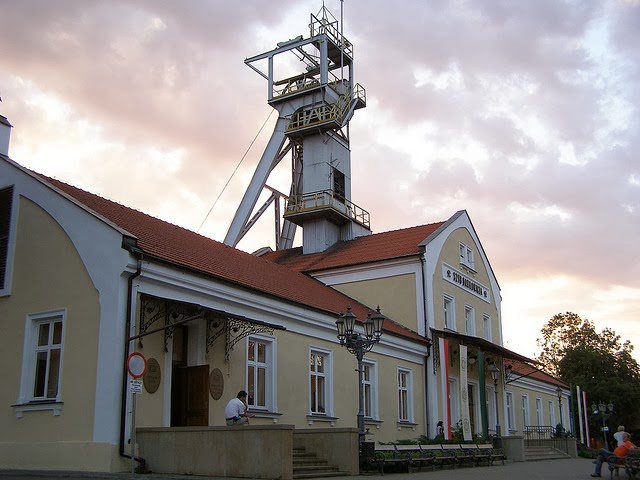See original web site Here - this web site has huge pictures!! They're awesome!
Daredevil photographers brave boiling waters to capture the drama of searing-hot lava crashing into the seas off Hawaii
Two photographers risked their lives to become the first people to capture the explosive moment fiery lava crashes into the sea.Nick Selway, 28, and CJ Kale, 35, braved baking hot 110F waters to capture these images, as they floated just feet from scalding heat and floating lava bombs.The pair, who chase the lava as it flows from Kilauea through Kalapana, Hawaii, spend their days camped on the edge of active volcanoes to capture the incredible images.
Nature's fury: Nick Selway, 28, and CJ Kale, 35, braved baking hot 110F waters to capture these images, as they floated just feet from scalding heat and floating lava bombs
Terrifying: Mr Selway and Mr Kale dress only in swimming shorts and flippers as they float in rough seas as hot as 110F to capture the incredible images
Steaming close: One of the daredevils braving surf, which is warmed by the lava, to snap the amazing images
Hot and steamy: The two men use protective casings for their cameras, known as surf housings, to keep them operating in the exreme conditions
Using a simple protective casing around their cameras, and wearing just swimming shorts and flippers, they bob up and down with the water as the surf washes over their heads.But their remarkable day jobs don't come without enormous danger.Last year Mr Kale tumbled 20ft into a lava-tube with 40lb of camera gear on his back, shattering his ankle. Others have died in the area due to land falling away.
Beautiful, but dangerous: Mr Selway and Mr Kale don't recommend that others attempt to recreate the incredible shots
Magma: Mr Kale and Mr Selway spend days camped out on the edge of volcanoes to capture their shots at just the right moment
Daily drama: There are currently three active volcanoes in Hawaii
Colourful: Several different striking hues are on display in one of nature's greatest phenomenons - including grey, blue and red (left), and orange and purple (right)
Mr Kale, from Hawaii, said: 'We shoot pictures all over the world but our volcano images are shot here on the island because it's so spectacular.'Our days are spent on the edge of volcanoes, either leaving at midnight to get out before the light of the rising sun or hiking in the day and then staying overnight.'We use surf-housing which is a protective case so we can venture into the water with our cameras, as the heat and water would be too much for them.'It's 110F where we were and just 20ft in front of us it was boiling.'We have a lot of fun but it's extremely dangerous and I wouldn't recommend anyone trying it for themselves.'I fell into a lava-tube shattering my ankle. After climbing out we had to lash my foot to my leg with a tripod, camera strap and belt and hike over the rugged terrain for two miles.'Not many people die each year but when they do it's normally in large groups when large chunks of land drop into the sea.'







Stunning: The rising steam from the eruptions creates a rainbow across the evening sky
Mr Kale and Mr Selway, who is from Washington, are the only two people to bring such a magnificent and unique view of the volcano to the world.Mr Kale added: 'It's such an extraordinary experience and we feel lucky to be able to turn our photography into what we do for a living.'The views are really something special and completely unique every time.'I wouldn't rather be doing anything else.'
Bleak: Smoke rises off rivers of fiery lava as it crashes into the sea
Hawaii is an collection of volcanic islands located over a geological 'hot spot' in the Central Pacific. There are eight major islands and six of these are open to tourism.Hawaii - or the 'Big Island' - is the largest of the islands and home to Mauna Kea and the Hawaii Volcanoes National Park which includes two of the largest and most active volcanoes on Earth - Mauna Loa and Kilauea.There are currently three active volcanoes in Hawaii. Maunaloa last erupted in 1984 and Kilauea has been erupting continuously since 1983.Loihi is located underwater off the southern coast of Hawaii's Big Island and has been erupting since 1996. It could break through the surface in about 250,000 years, adding a ninth distinct island to the Hawaiian chain.
January 2013

































































